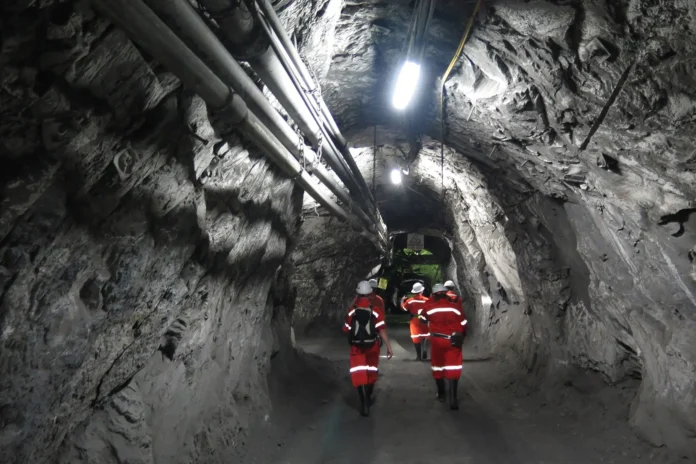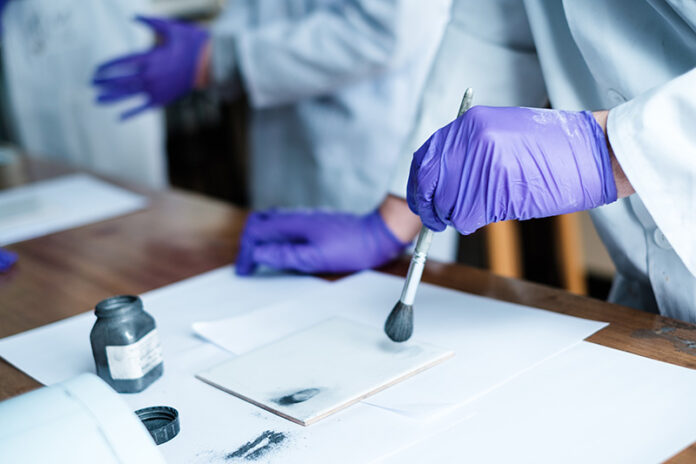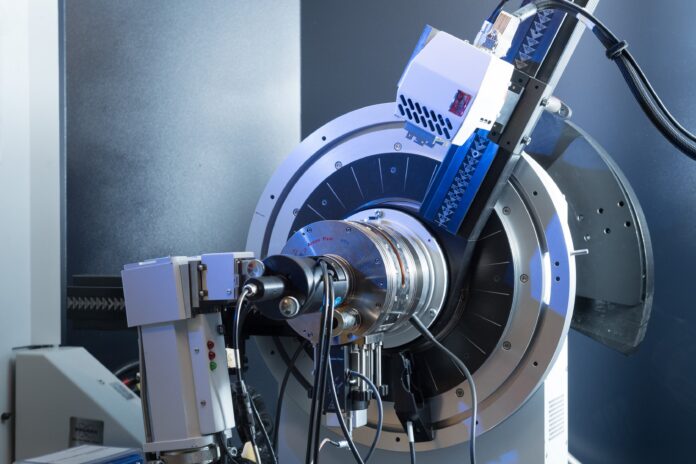X-ray diffraction (XRD) is a powerful analytical technique used to study the atomic and molecular structure of materials. XRD analysis provides detailed information on the crystal structure, composition, and physical properties of materials.
This technique has numerous applications in a wide range of industries, from mining to pharmaceuticals. In this article, we will discuss some of the industries that benefit from XRD diffraction.
Mining Industry
The mining industry is one of the major beneficiaries of XRD diffraction. XRD is used to identify and quantify the mineral content of ores and rocks. It is also used to determine the crystal structure of minerals, which is essential for understanding their physical and chemical properties. XRD is used to optimize the extraction process of minerals by identifying the most efficient ways of separating valuable minerals from waste material.

Materials Science
The mining industry plays a critical role in extracting valuable resources from the earth, such as minerals, metals, and fossil fuels. Mining operations can be complex and require the use of advanced technology and techniques to extract these resources efficiently and safely.
Importance of the Mining Industry
The mining industry is essential to the global economy, providing raw materials for numerous industries, such as construction, manufacturing, and energy production. The mining industry also provides jobs and economic growth in many regions around the world.
Techniques Used in the Mining Industry
The mining industry uses a range of techniques to extract minerals and other resources from the earth. Some of the key techniques used in the mining industry include:
Surface Mining: Surface mining involves the extraction of minerals and other resources from the earth’s surface. This technique is used to extract resources such as coal, copper, and iron ore.
Underground Mining: Underground mining involves the extraction of minerals and other resources from underground. This technique is used to extract resources such as gold, silver, and diamonds.
Drilling: Drilling is used to creating boreholes on the earth’s surface to extract minerals and other resources. This technique is used to extract resources such as oil, natural gas, and geothermal energy.

Importance of Materials Science
Materials science is a crucial field that underpins many technological advances. The development of new materials has revolutionized various industries, from electronics to medicine. Some of the key applications of materials science include:
Electronics: The development of new materials has led to the creation of smaller and more efficient electronic devices, such as computer chips and solar cells.
Medicine: Materials science has contributed to the development of new medical devices and drug delivery systems, such as implants and nanoparticles.
Energy: Materials science is critical to the development of new energy technologies, such as batteries and fuel cells.
Techniques Used in Materials Science
Materials scientists use a range of techniques to study the properties and behavior of materials. Some of the key techniques used in materials science include:
X-ray Diffraction: X-ray diffraction is used to study the crystal structure of materials. This technique provides information on the composition, morphology, and crystal structure of materials.
Scanning Electron Microscopy: Scanning electron microscopy is used to study the surface structure and morphology of materials. This technique can provide detailed images of the surface of materials at high magnification.
Transmission Electron Microscopy: Transmission electron microscopy is used to study the internal structure of materials. This technique can provide information on the atomic structure and composition of materials.
Thermal Analysis: Thermal analysis is used to study the behavior of materials at high temperatures. This technique can provide information on the thermal stability, melting point, and phase transitions of materials.

Pharmaceutical Industry
The pharmaceutical industry uses XRD diffraction to study the crystal structure of drugs and other compounds. The crystal structure of drugs affects their solubility, stability, and bioavailability. XRD diffraction is used to identify the crystal form of drugs and to understand how they interact with other compounds. This information is used to develop new drugs with improved properties and to optimize the manufacturing process of existing drugs.
Geology
Geologists use XRD diffraction to study rocks and minerals found in the earth’s crust. XRD analysis provides information on the mineral content and crystal structure of rocks, which is essential for understanding geological processes such as rock formation and deformation. XRD diffraction is also used to study fossils, which can provide information on the evolution of life on Earth.
Forensic Science
Forensic science is the application of scientific methods and principles to solve crimes and investigate legal issues. Forensic scientists use a wide range of techniques and technologies to collect and analyze evidence from crime scenes. In this part, we will discuss the applications and techniques used in forensic science.

Applications of Forensic Science
Forensic science is used to investigate crimes, identify suspects, and support legal proceedings. The main applications of forensic science include:
Crime Scene Investigation: Forensic scientists collect and analyze physical evidence from crime scenes, such as bloodstains, fibers, and fingerprints.
Identification of Suspects: Forensic scientists use techniques such as DNA analysis, facial recognition, and fingerprint analysis to identify suspects in criminal investigations.
Legal Proceedings: Forensic evidence is often presented in court as evidence in criminal trials. Forensic scientists may testify in court as expert witnesses to explain the scientific methods used to analyze evidence.
Techniques Used in Forensic Science
Forensic scientists use a wide range of techniques to analyze physical evidence collected from crime scenes. Some of the techniques used in forensic science include
DNA Analysis: DNA analysis is used to identify suspects by comparing DNA samples from crime scenes with DNA samples from potential suspects.
Fingerprint Analysis: Fingerprint analysis is used to identify suspects by comparing fingerprints found at crime scenes with fingerprints in a database.
Ballistics Analysis: Ballistics analysis is used to match bullets found at crime scenes with firearms to identify the weapon used in a crime.
Toxicology: Toxicology is used to identify drugs and poisons in the blood and other bodily fluids of victims and suspects.

Conclusion
XRD diffraction is a versatile analytical technique that has numerous applications in a wide range of industries. It is used to study the crystal structure, composition, and physical properties of materials. The mining industry, materials science, pharmaceuticals, geology, and forensic science are just a few of the industries that benefit from XRD diffraction. As technology advances, XRD diffraction will continue to play a critical role in advancing these industries and in developing new technologies and materials.





![Calgary’s Hottest Neighborhoods for Luxury Homebuyers [2024]](https://thewashingtonote.com/wp-content/uploads/2024/04/Calgary-324x160.png)



